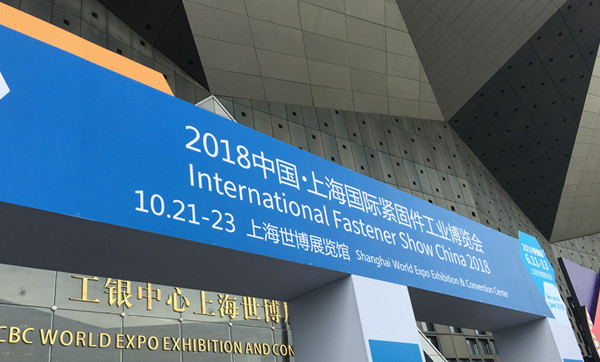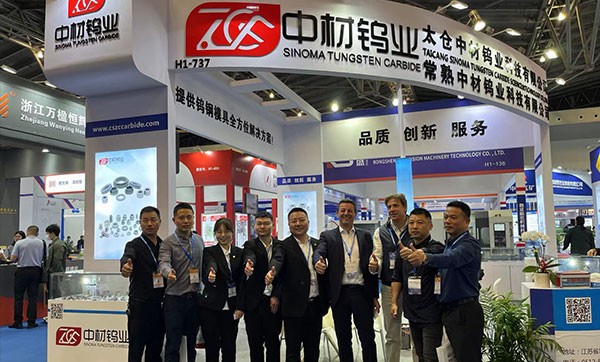In the realm of materials science and engineering, the quest for better, stronger, and more durable materials is constant. Among the various materials that have emerged as game-changers, tungsten carbide stands out for its remarkable properties and diverse applications. This article explores whether tungsten carbide is superior to traditional materials, examining its benefits and potential drawbacks.
Tungsten carbide is a composite material made of tungsten and carbon atoms in equal parts. Its molecular structure is exceptionally dense, giving it a unique combination of properties that make it invaluable in several industries. Developed in the early 20th century, tungsten carbide has become renowned for its hardness, strength, and resistance to wear and tear.
Tungsten carbide is one of the hardest materials known, significantly outclassing traditional metals like steel. It ranks around 9 on the Mohs scale of hardness, just below diamonds. This exceptional hardness makes it incredibly resistant to scratching and abrasion, essential qualities for tools and machinery that undergo significant wear and tear.
In contrast, traditional materials like high-speed steel (HSS) or stainless steel, while strong, do not possess the same level of hardness and tend to wear out faster when subjected to intense use. For example, cutting tools made of tungsten carbide maintain their sharpness much longer than those made of HSS.
While being extremely hard, tungsten carbide is also known for its high compressive strength. This makes it ideal for applications that require materials to withstand high pressures without deforming. Traditional materials like steel can also be strong but often require additional treatments, such as tempering, to achieve desired strength levels.
However, it’s worth noting that tungsten carbide can be brittle. Despite its strength, it can fracture under impact or if subjected to high tensile stress. Traditional materials like steel, on the other hand, offer more flexibility and can absorb impacts better without fracturing.
Tungsten carbide's hardness and durability make it the material of choice for cutting and drilling tools. From industrial drills and milling cutters to mining equipment and surgical instruments, tungsten carbide tools perform exceptionally well under high-stress conditions. Traditional materials simply cannot match the longevity and performance of tungsten carbide in these demanding applications.
In applications where wear resistance is crucial, such as in the manufacture of armor-piercing ammunition or sports equipment, tungsten carbide provides superior performance. Its resistance to wear and corrosion extends the lifespan of products, reducing the frequency of replacements and maintenance.
Tungsten carbide has found its way into consumer goods as well. Its robustness and aesthetic appeal make it popular for high-end jewelry, particularly in men’s wedding bands. Traditional materials like gold and platinum, while luxurious, do not offer the same scratch resistance and durability.
One of the main drawbacks of tungsten carbide is its cost. The material itself and the manufacturing processes involved are more expensive than those for traditional metals like steel or aluminum. This higher cost can be a significant factor when large quantities of material are required.
However, the initial investment in tungsten carbide can be offset by its longevity and performance. In industrial applications, the reduced need for replacements and lower maintenance costs can make tungsten carbide more cost-effective over time.
The production of tungsten carbide can have environmental impacts due to the energy-intensive processes involved and the use of potentially harmful chemicals. Additionally, tungsten carbide dust can pose health risks if inhaled, requiring proper safety measures during manufacturing and use.
Traditional materials like steel also have environmental and health impacts, but these are often better understood and regulated due to the longer history of their use. The development of safer production methods and recycling techniques for tungsten carbide is ongoing and essential for its sustainable use.
Tungsten carbide offers numerous advantages over traditional materials, including superior hardness, strength, and wear resistance. These properties make it ideal for demanding industrial applications and high-end consumer products. However, its higher cost, brittleness, and environmental impact are factors that need to be considered.
In many cases, tungsten carbide can indeed be considered better than traditional materials, particularly where performance and durability are paramount. As technologies advance and production methods improve, the benefits of tungsten carbide are likely to become even more pronounced, solidifying its place as a vital material in modern engineering and manufacturing.




